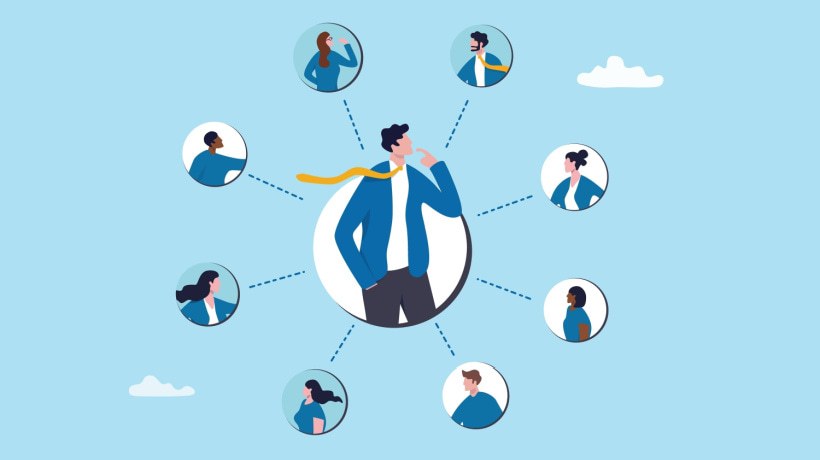The Learning Loop And The Way To Efficient L&D
Trying to define learning within a corporate framework and estimate its value is no easy task. Maybe the multitude of different approaches is to blame here since there are often discrepancies between the various definitions. Some treat learning solely as a tool to enhance performance, while others only see value in it if it causes the desired behavioral change. Different organizations have different needs, and different employees work better under different conditions. Additionally, the needs and goals of both the organization and each employee are subject to change. Therefore, the linear fashion in which a traditional LMS operates is slowly becoming obsolete. A more effective way to proceed is by using a more advanced design that would have its core elements interact with each other, creating an ever-growing learning loop and guaranteeing L&D’s success.

3 Stages Of Organizational Learning
Professor David A. Garvin, in a 1993 article for the Harvard Business Review, categorizes the stages of organizational learning as follows:
- Cognitive
This is the stage where the learners consider new ideas, grow their knowledge, and differentiate their way of thinking. - Behavioral
In this stage, insights and shifts in behavior occur. - Performance improvement
During the final stage, the changes translate into measurable improvements that positively impact the organization's performance.
This research is now 27 years old, but the conclusions are still relevant. Today, the connecting link between all aspects is the technology behind the digital systems that empower learning. It is the binding agent of this procedure.
Traits Of Learning Organizations
According to Peter Senge, an American systems scientist and senior lecturer at the MIT Sloan School of Management in Cambridge, Mass., learning organizations share several identical traits.
Firstly, they are good at working together. Collaborative cultures work extraordinarily well in environments that host different viewpoints. This way, participants learn to discuss and respect the opinions of their peers. This is vital for successful learning organizations, where every employee plays a crucial part. Senge suggests organizations are made of smaller units, and while the big picture is still vital, the importance of each smaller component that is involved should not be neglected. Secondly, they never stop learning. A mindset that embraces forward-thinking is important for every learning organization. Learners need to understand and value continual growth. Thirdly, they share what they know. Existing intelligence needs proper evaluation and a thorough assessment. The best way to achieve this is by challenging dogmatic beliefs. These traits are also what characterizes a successful, functional learning loop.
A Matter Of Sharing
Leadership must reflect forward-thinking, above all else. The leaders must commit to the process, share a common vision, and be an example for everyone else. Mistakes should be cherished because you gain real-world experience from them, and then you can discuss them in order to avoid repeating them. This information must be centralized by creating and updating your relevant content in order to be ready for the future occurrences of the same problem. Additionally, they share what they know. Everyone needs to understand the learning objectives of the company clearly, along with the desired outcomes. This is vital for a team that works collectively to achieve goals and complete targets. Once again, it is vital to have a centralized location for this kind of information. Not only that, but everyone must be able to access User-Generated Content.
Traditional LMSs Vs. Modern Learning Platforms: Learning Lines And Learning Loops
A traditional LMS works only in the fashion of formal learning. The higher tiers push material down to the lower tiers of the learning hierarchy. Instructors and designers tell learners which courses they should take, and they, in turn, accept and attend them passively. The design of a traditional LMS has primarily management training and LMS admins in mind. They have evolved very slowly and treat training as a necessary cost. Their integration with other cloud services is often challenging, and they only allow for rigid internal use cases.
Learning platforms, however, are way more evolved. The heads of the program create a knowledge library that is then filled with their own content, but also the knowledge that users contribute. This engages the user with a mix of formal and informal training that motivates the experts among the user base to contribute to the knowledge capital that is then incorporated into the knowledge library, starting the loop all over again. This is what a closed learning loop looks like, and it holds the key to your organization's success.
Do you want to learn how closing the learning loop can help your organization reach its goals? See our eBook release Close The Learning Loop - Align L&D To Business Goals.







